In the article below, CMBT advocate and accredited dietitian Kristof Szanto shares his advice on how to lose weight in a healthy and sustainable way so that you can feel lighter and fitter.
In combat sports, cutting weight is a common practice that athletes use to manipulate their body water in order to make weight for their upcoming competition. Cutting weight is very different from losing weight, as losing weight is the gradual loss of body fat over time to improve one’s body composition. Therefore, this weight loss is what takes priority - especially when improving the way you move, feel and perform is the goal.
If moving around lighter on your feet, becoming fitter and improving your power is your goal, I believe losing some body fat could be beneficial. There are nutritional approaches, strategies and tips that can help you with this while ensuring that you are fuelling your body’s increased demands.

Eating in a calorie deficit
There is no way weight loss can occur without being in a calorie deficit, so this is the first step. This can be done in a number of ways, all depending on where you are with your nutrition knowledge, time, resources available and your commitment to learn. Below are some strategies that can help you to be in a calorie deficit when starting your weight loss journey:
- Decrease your portion sizes compared to previous meals. If you were consuming a full plate of food, perhaps using a smaller plate when serving your food can be an option as visually your plate is still full.
- Substitute commonly consumed foods for their ‘low fat’ or ‘light’ varieties. This will ensure your diet is not completely overhauled and you can still enjoy the same foods while consuming less calories.
- Increase (double or triple) the amount of vegetables on your plate. As vegetables are low in calories, rich in vitamins and minerals and are a high source of fibre, eating increased amounts will not only benefit your health and digestive system but it will also leave you feeling satisfied after a meal. Aim to consume a rainbow of colours as they all provide different vitamins and minerals for your body

- Make sure you are eating enough protein throughout the day. This is important, as a high protein meal keeps you feeling fuller, reduces your hunger and helps you hold onto that hard earned muscle during your fat loss phase. Your body also burns more calories digesting protein compared to the other macronutrients, so try and include them in all meals throughout the day.
- You can work out your energy requirements using an online tool, so you can also start tracking the food you consume in an app. This may be a little strenuous at first but it will increase your knowledge of the calorie content of foods you eat on the daily and let me tell you, some foods’ calorie content will leave you surprised!
Guidelines for sustainable weight loss
Many athletes and combat sports enthusiasts come to me to help them get in shape. Once we’ve had a discussion around their eating habits I come to find that many of them are chronically under-eating. They complain about being fatigued, feeling lethargic and not being able to push hard throughout their sessions and often this is due to them underfeeding their body. Often they were too aggressive with their calorie deficit, which resulted in fast weight loss. In most cases, they lost hard earned muscle along the way and they found that it was unsustainable.
Some guidelines I like to stick by when setting up fat/weight loss phases for my clients are:
- A gradual weight loss of 0.5 to 1% of total body weight per week. This will ensure that you are giving yourself the best chance to retain muscle as well as providing your body enough fuel for recovery.
- Protein intake set between 2-2.5g/kg of body weight. For an 80kg individual that’s 160 to 200g per day distributed evenly into 4-5 meals or snacks.
- The carbohydrate amount and distribution will depend on your preference, although always take your activity into consideration. Combat sports have a high glycolytic demand, meaning that your body mainly uses carbohydrates to create energy. This means that unless you have any blood sugar issues, you should follow a diet high in carbohydrates.
- The amount of fat in the diet will depend on you again as some people enjoy avocado, fatty fish, cheeses and so on, so it is very individualised. Always aim to have a minimum of 25% of total daily energy intake of fats as your body needs it to carry out its normal physiological functions.

Take home message
There are no magic foods for weight loss, although making sure you choose foods that are nutritious, colourful and do not come in packages are always beneficial. The more vegetables you include on your plate the better. It will brighten up each meal with flavour, fibre and nutrients, so don’t be afraid to try new ones as they might quickly make their way into your favourite dish!
The goal is not only to lose the weight, it’s to keep it off as well. You should focus on sustainable strategies to include into your daily life rather than looking for that quick fix. Focus on what foods you can include into your diet rather than the ones you cannot, as a diet rich in nutritious foods will leave you feeling energised, satisfied and fulfilled every day of the week.
Kristof Szanto
The Performance Dietitian
CMBT Expert Advisor


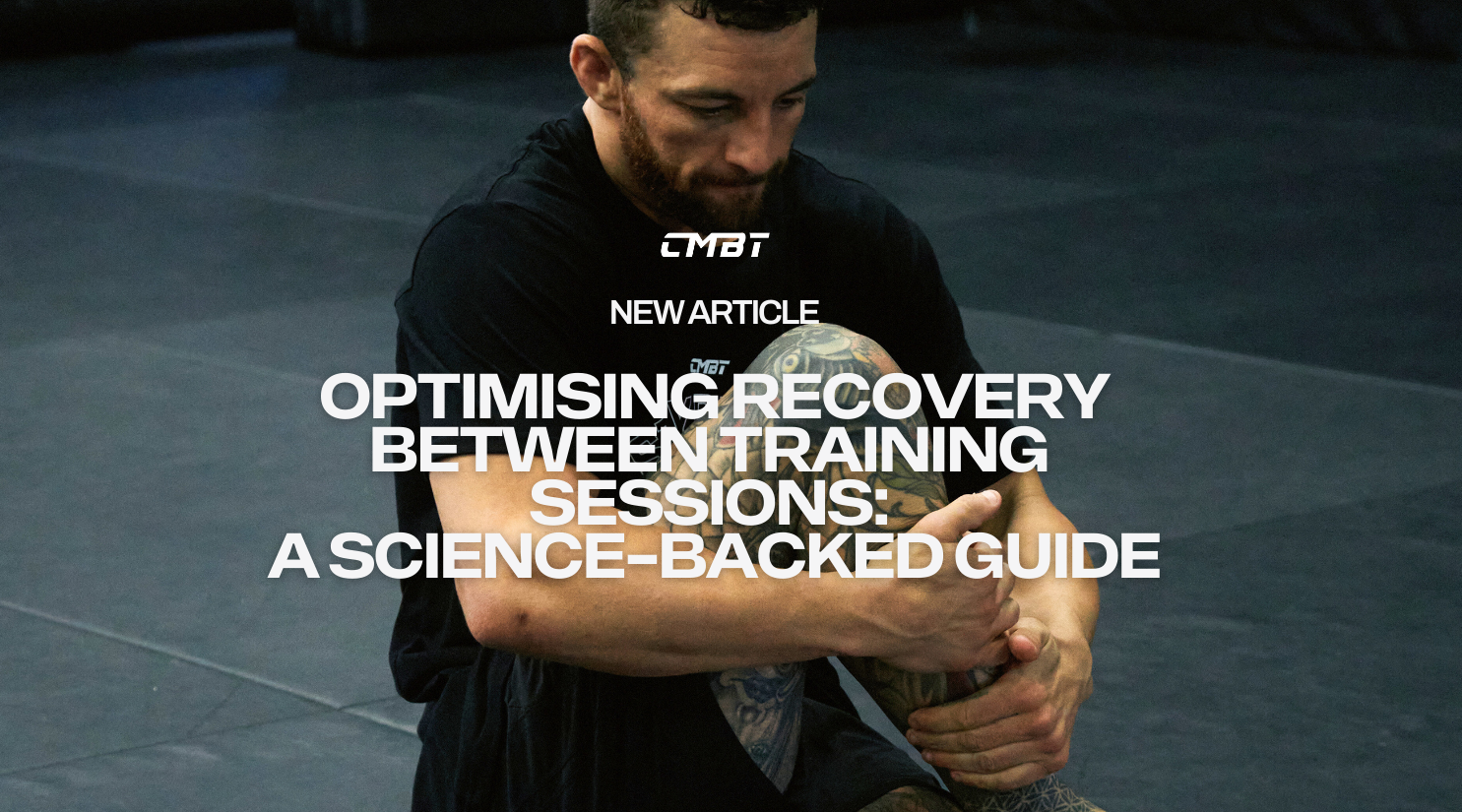

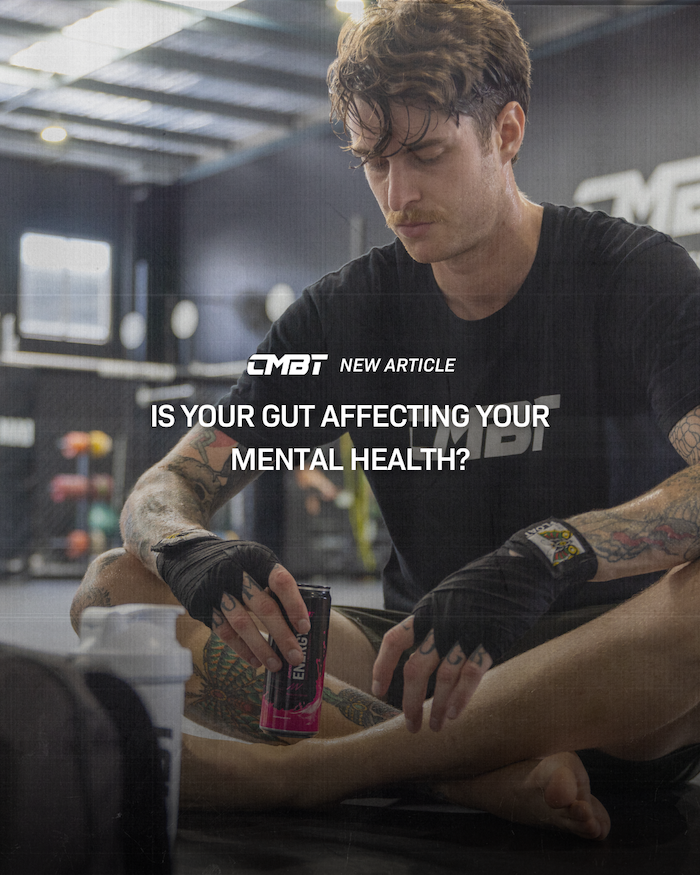
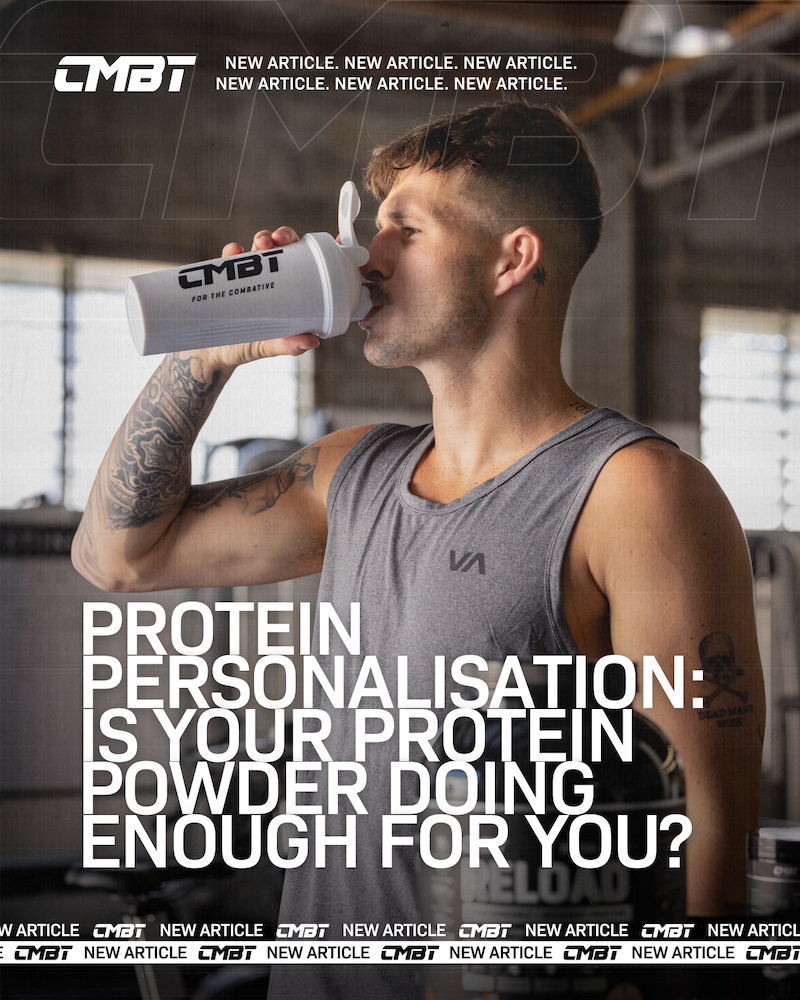
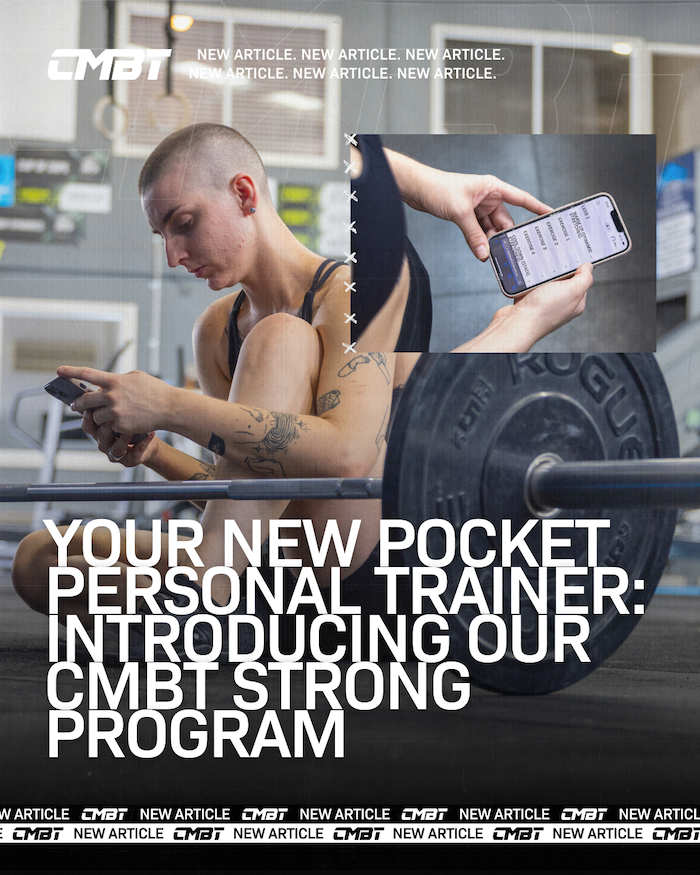
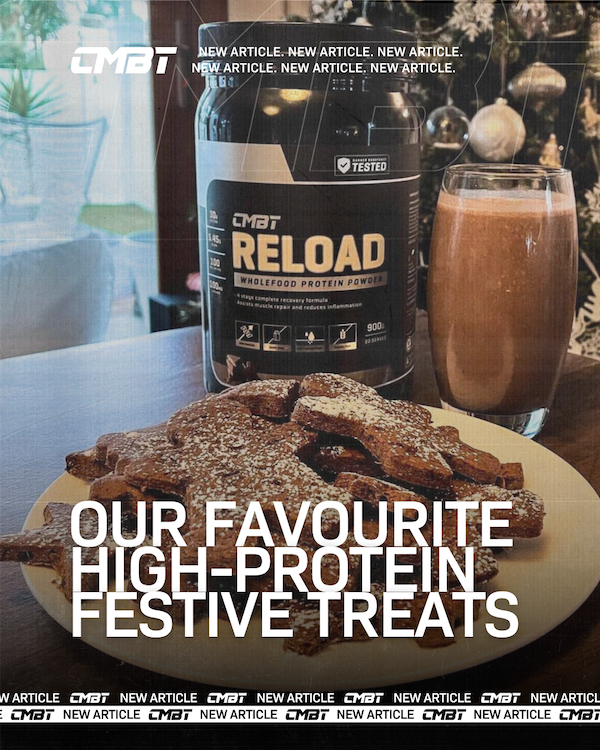
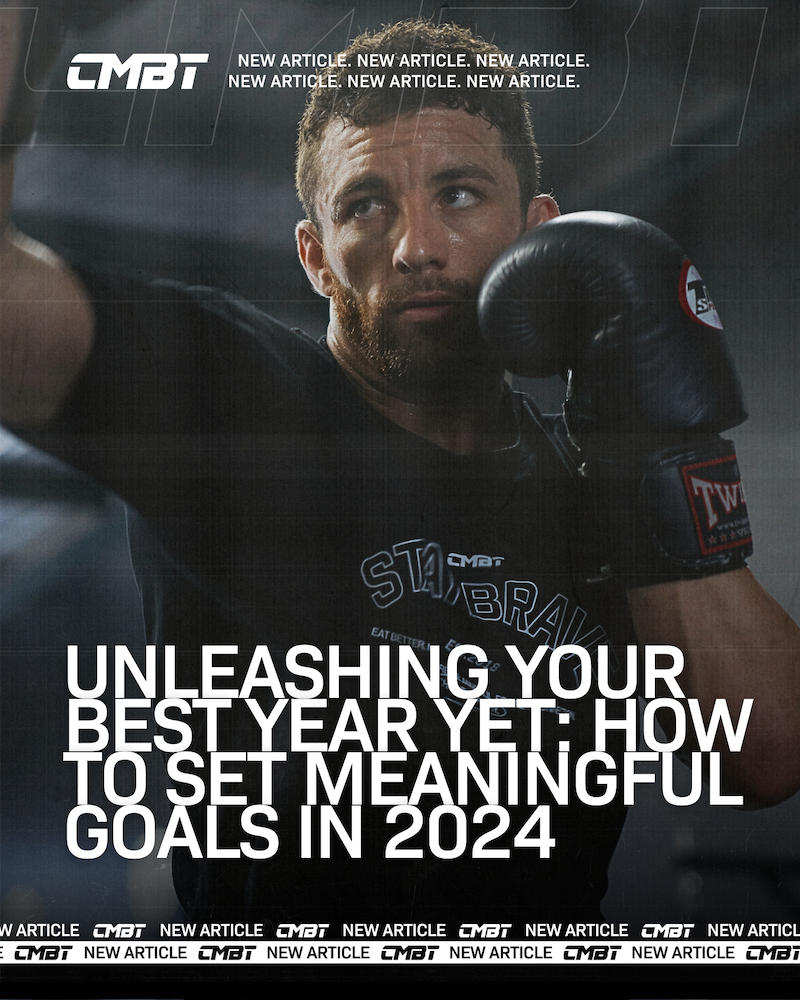
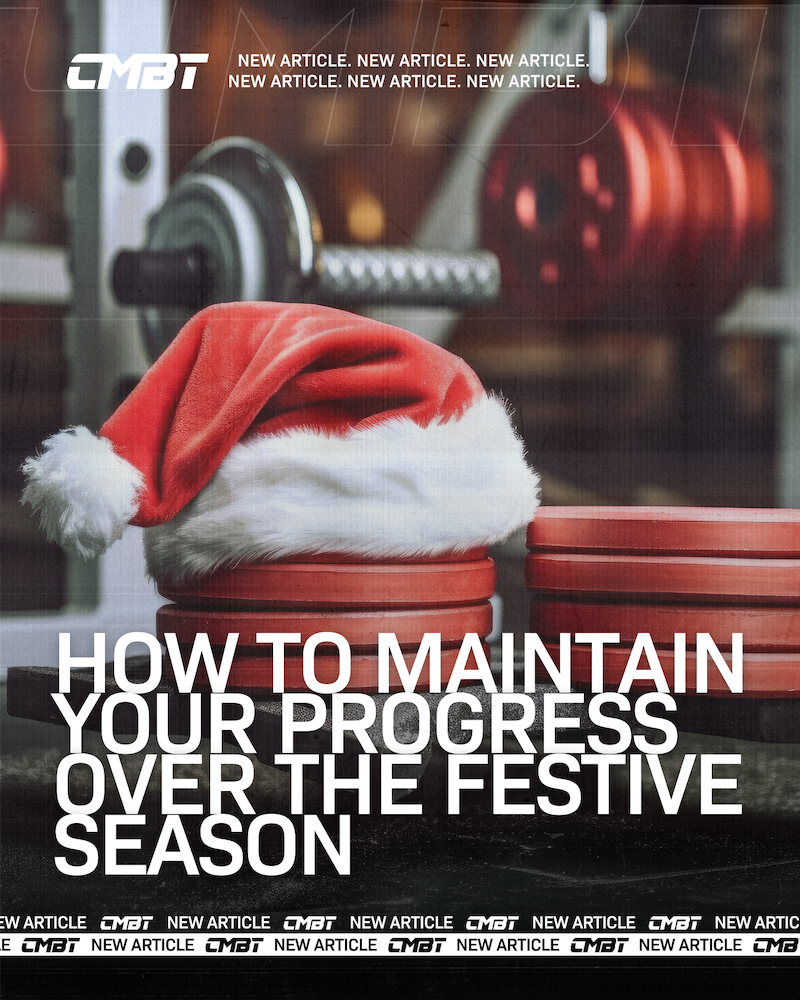
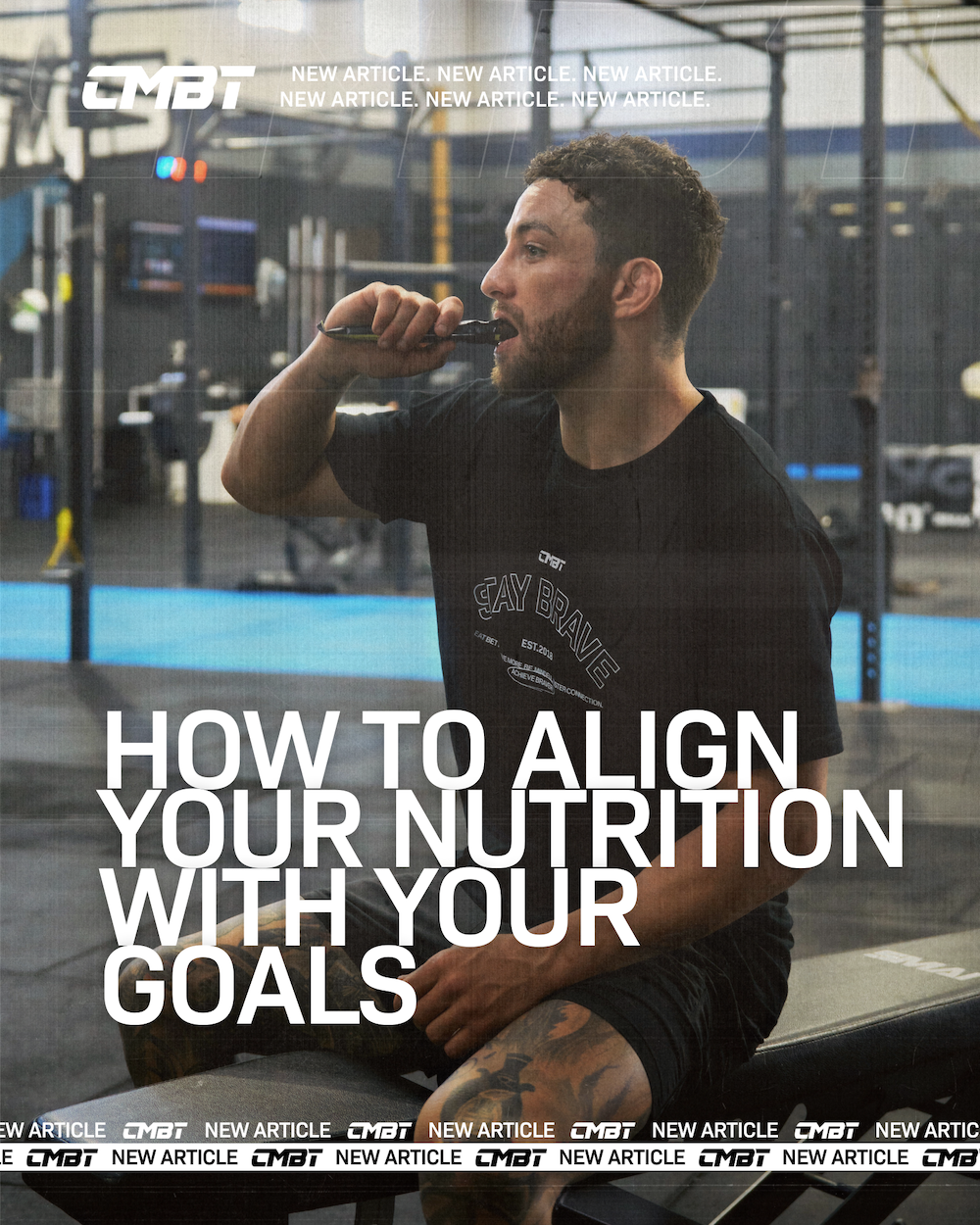

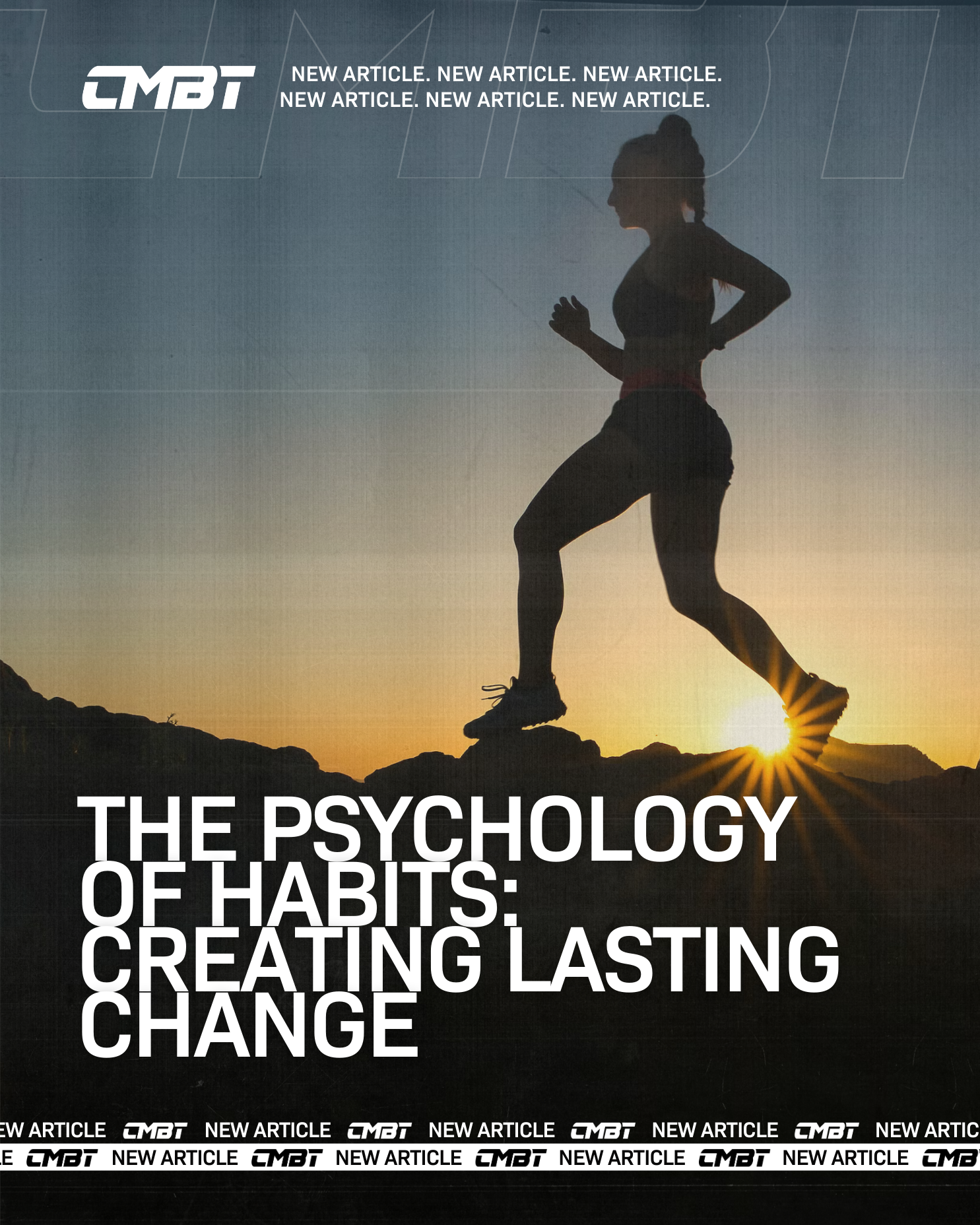
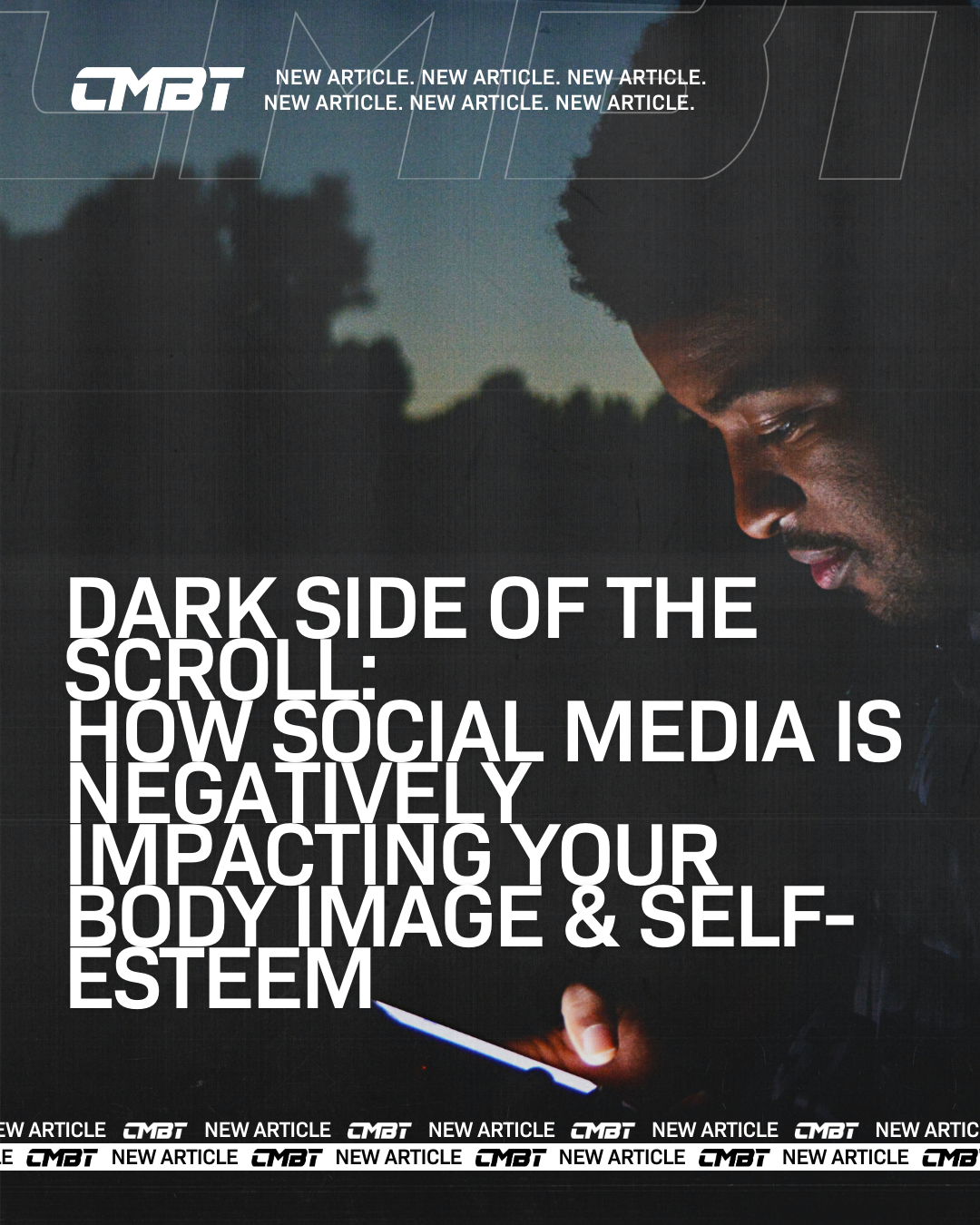
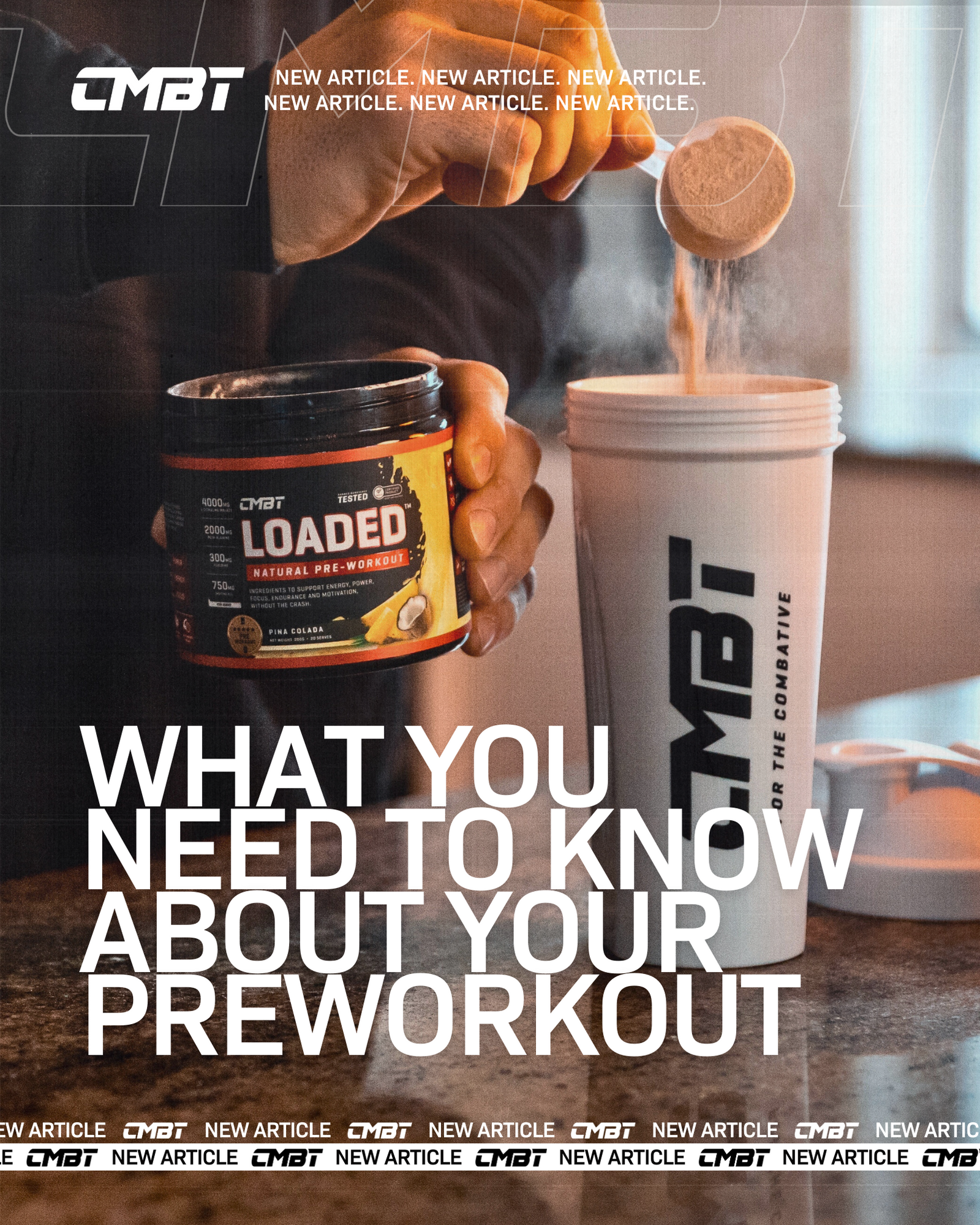

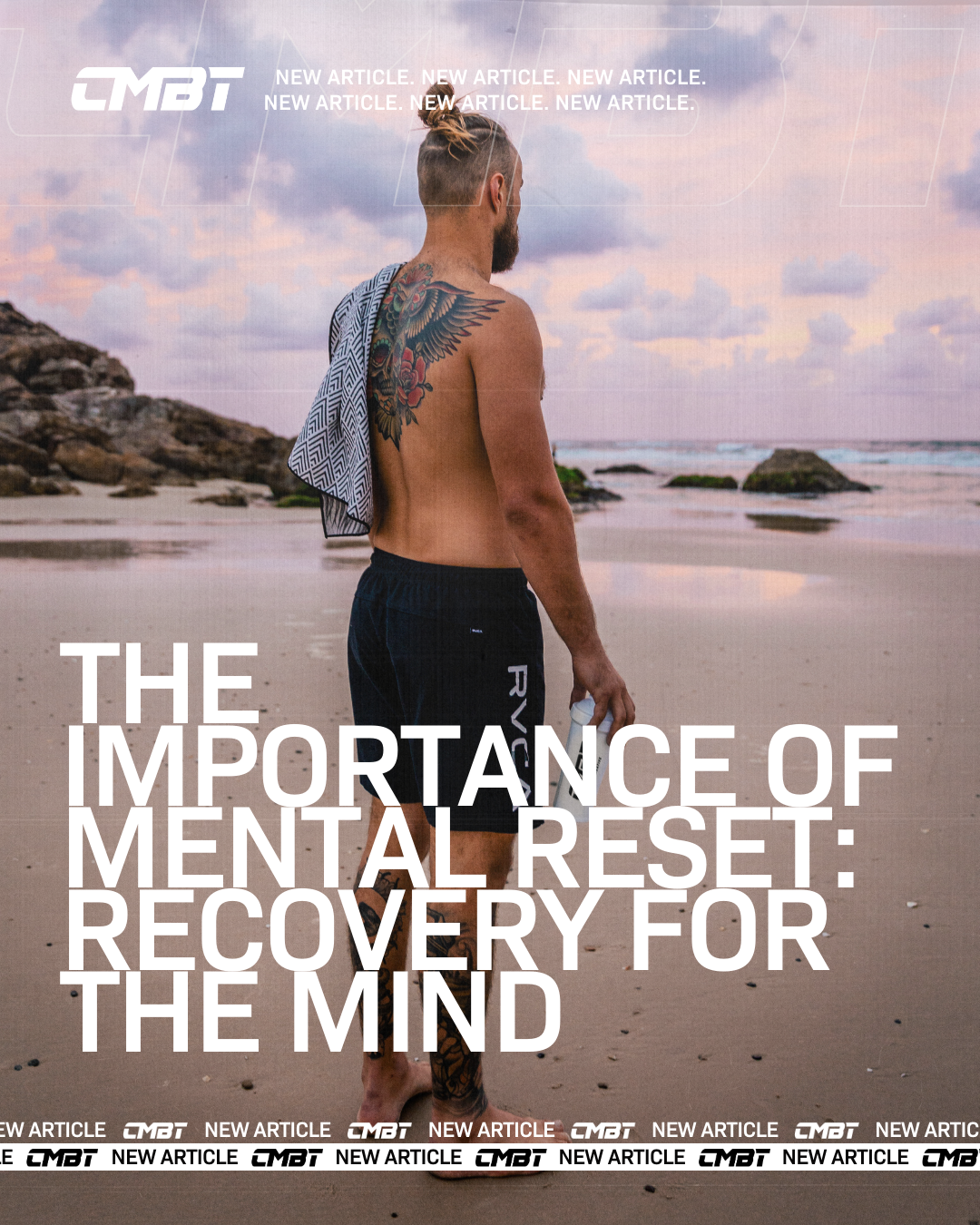
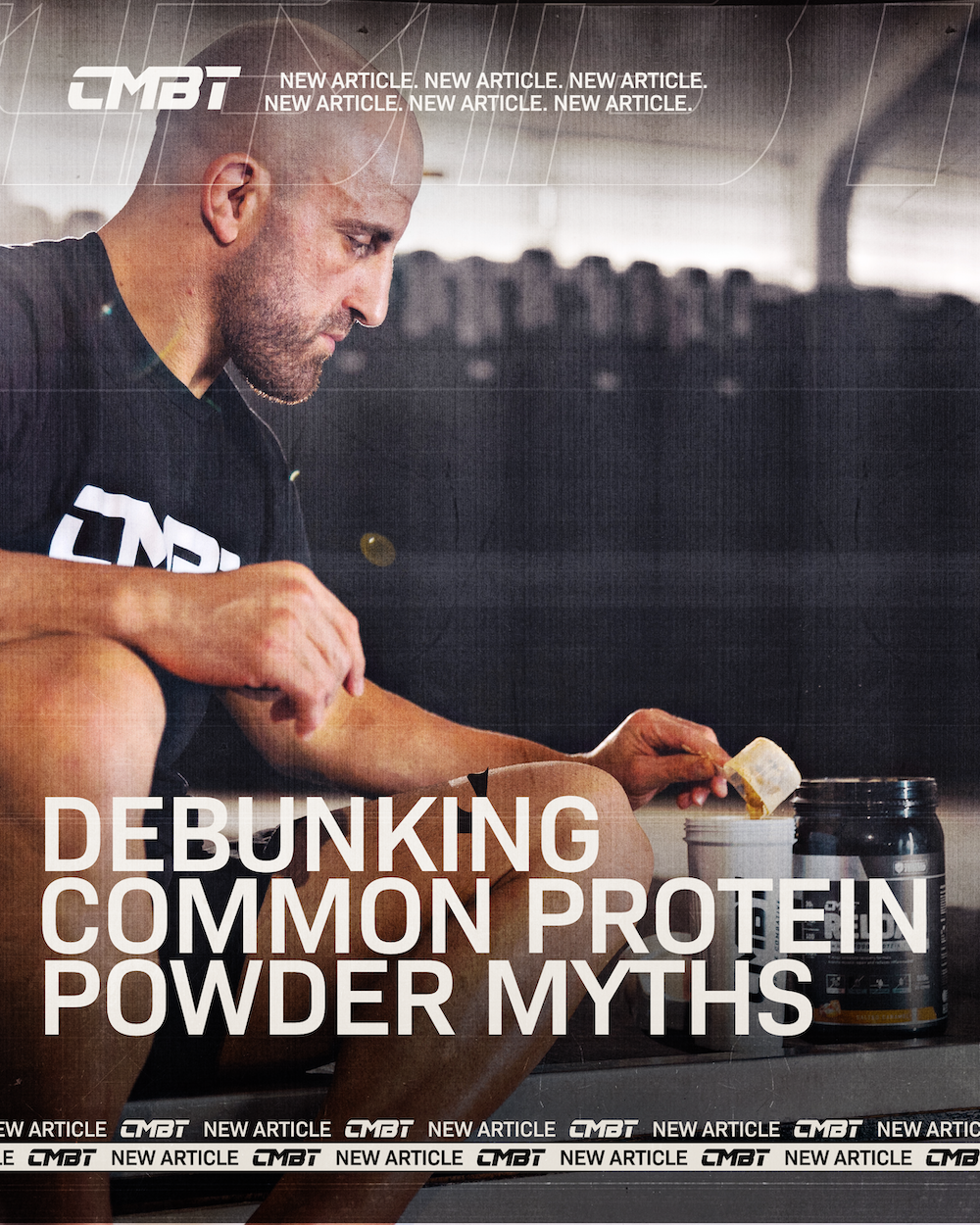
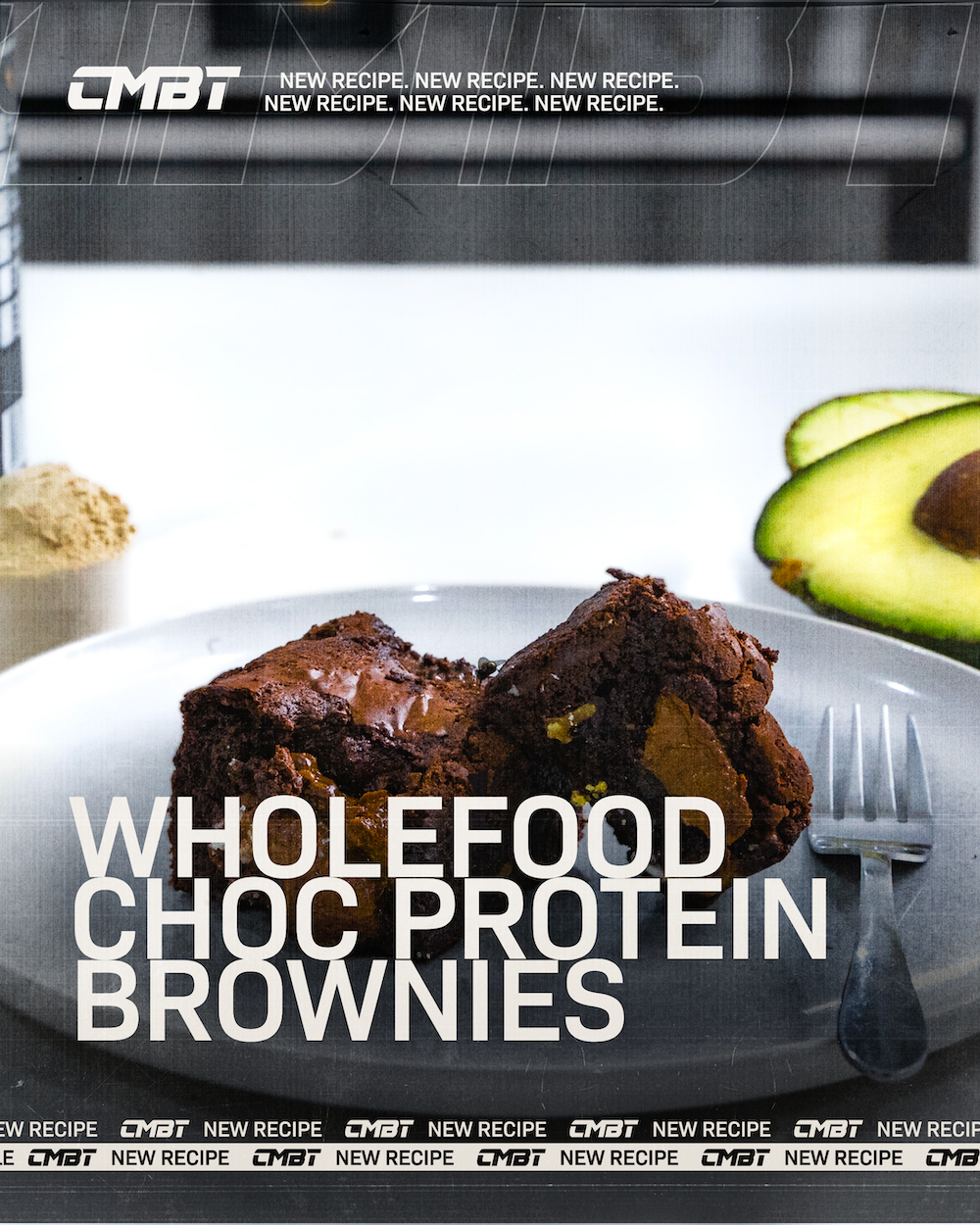
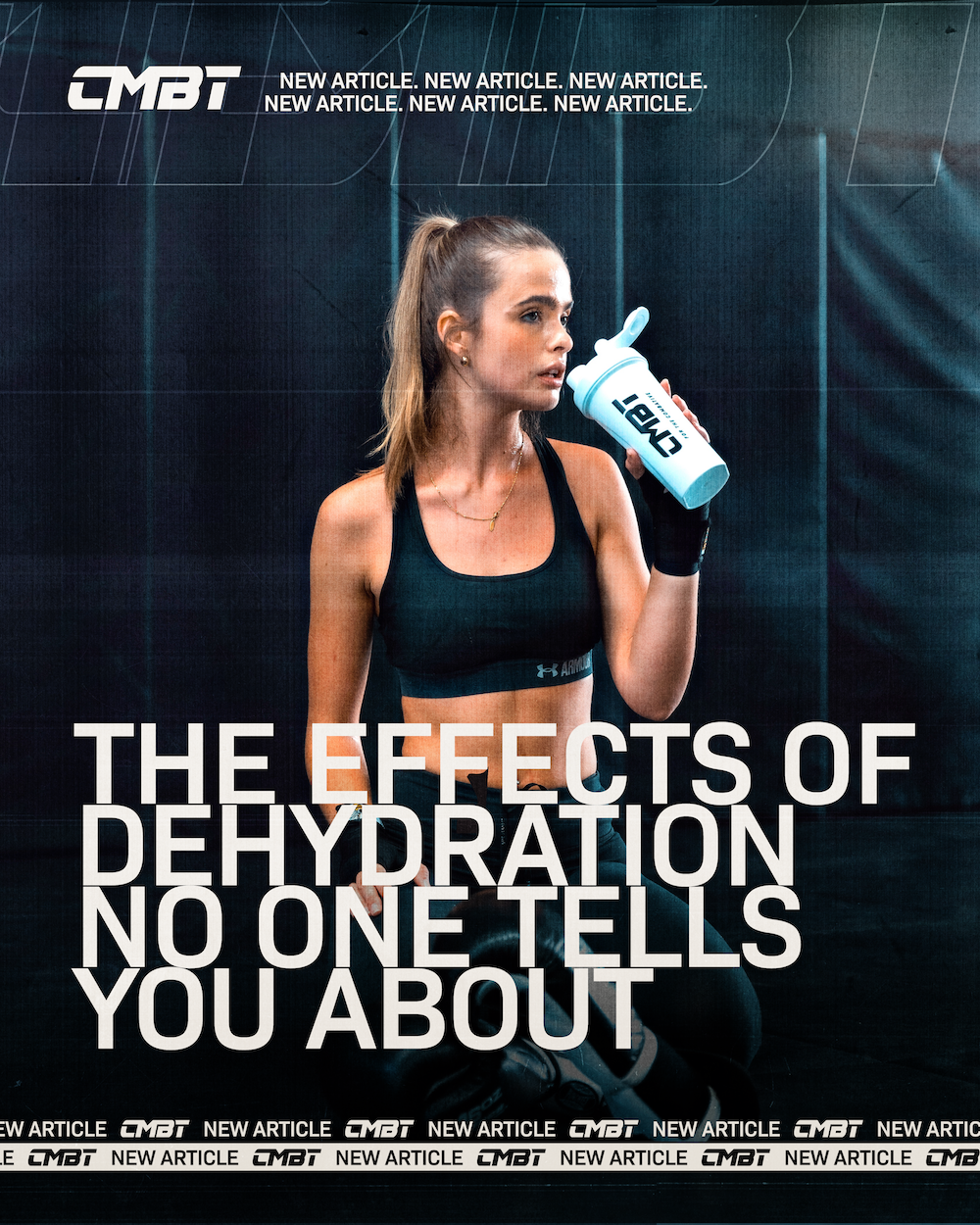

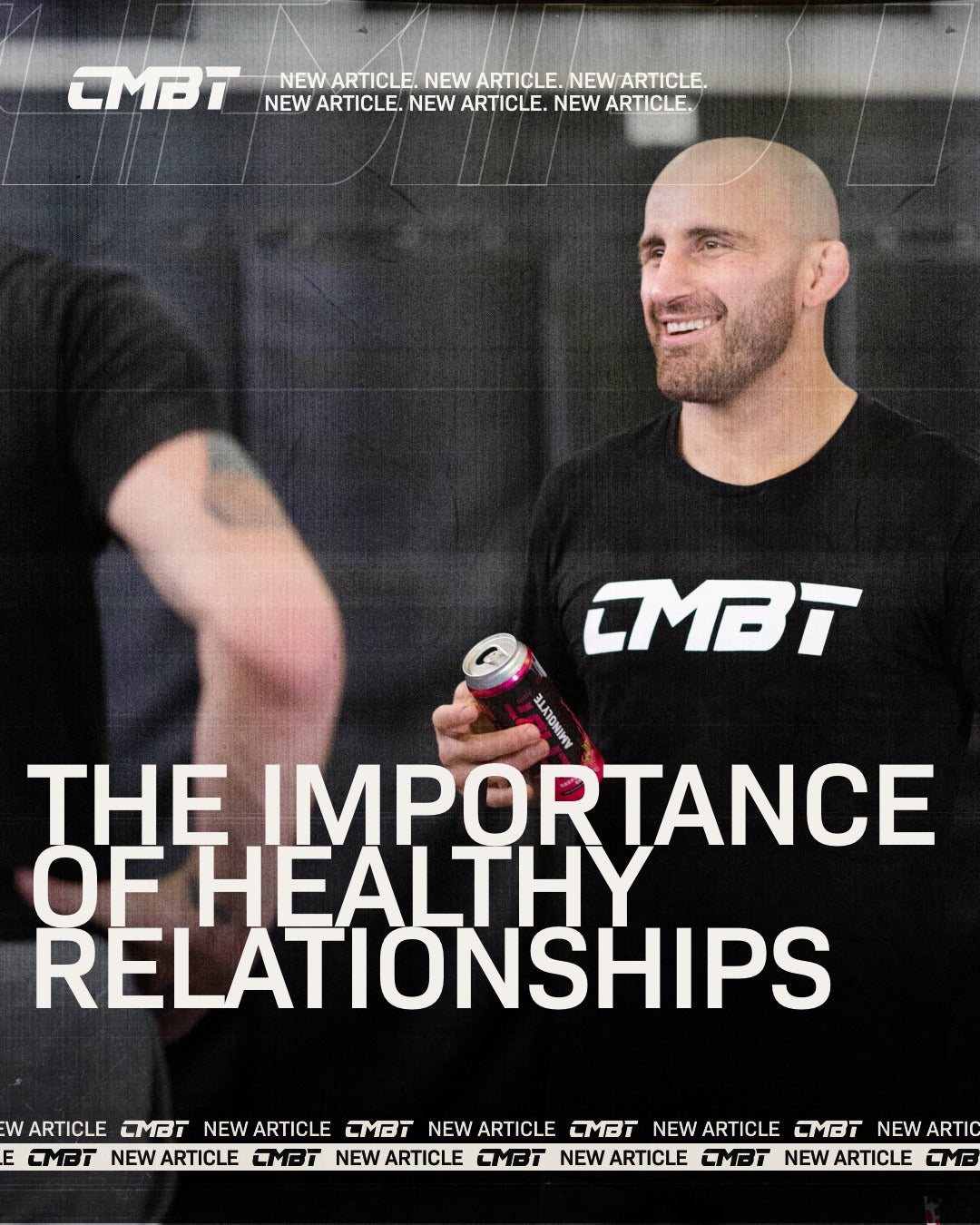

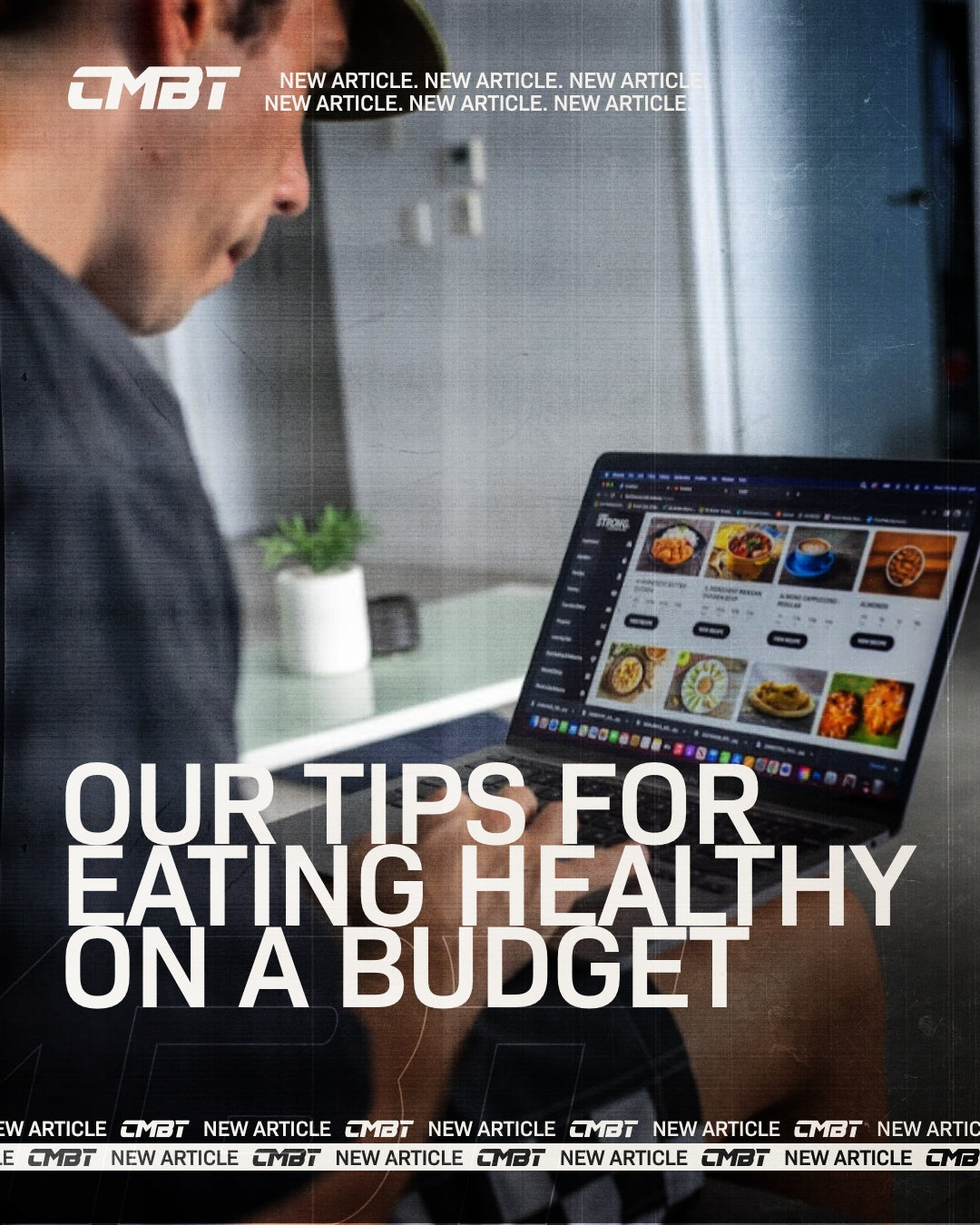

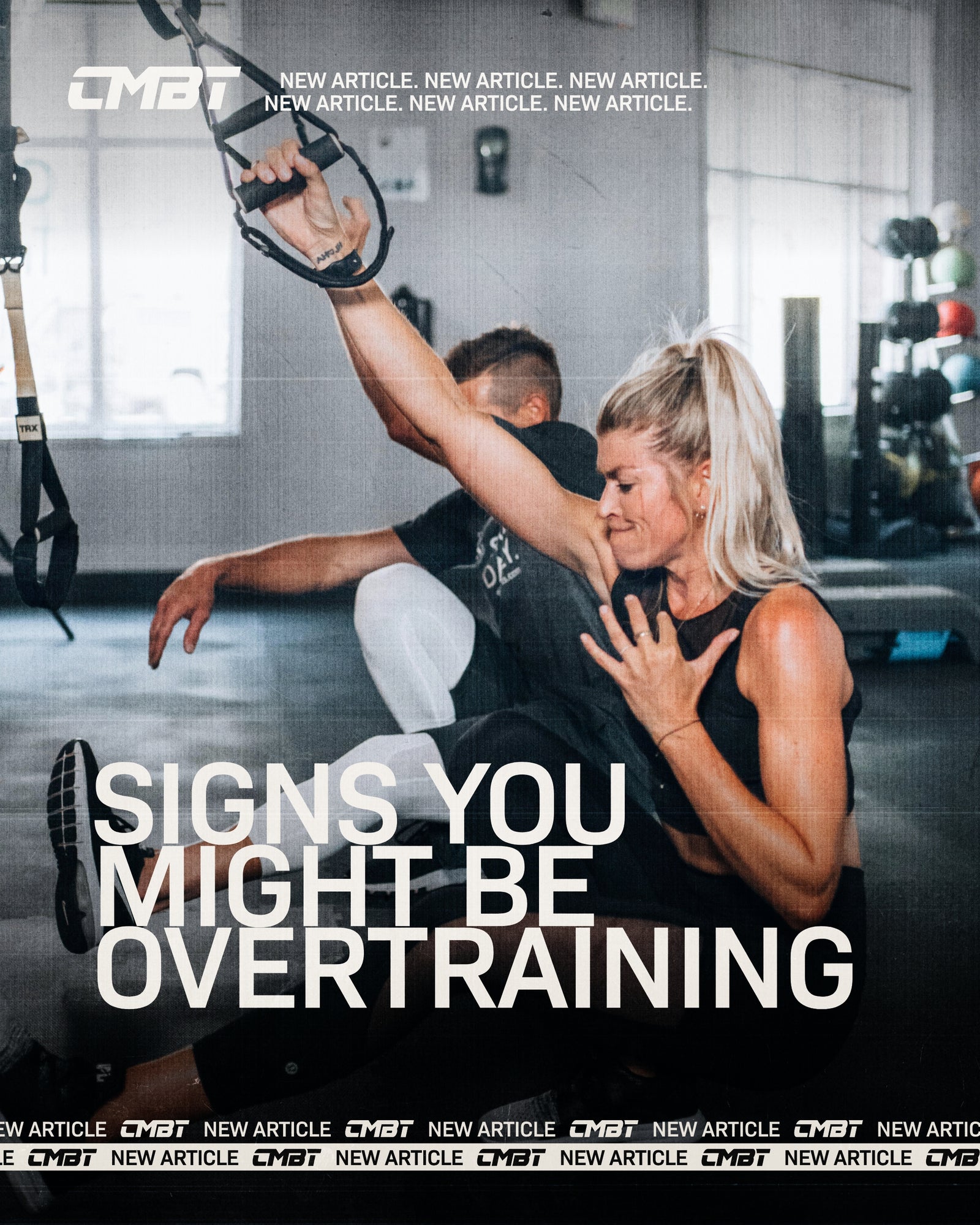
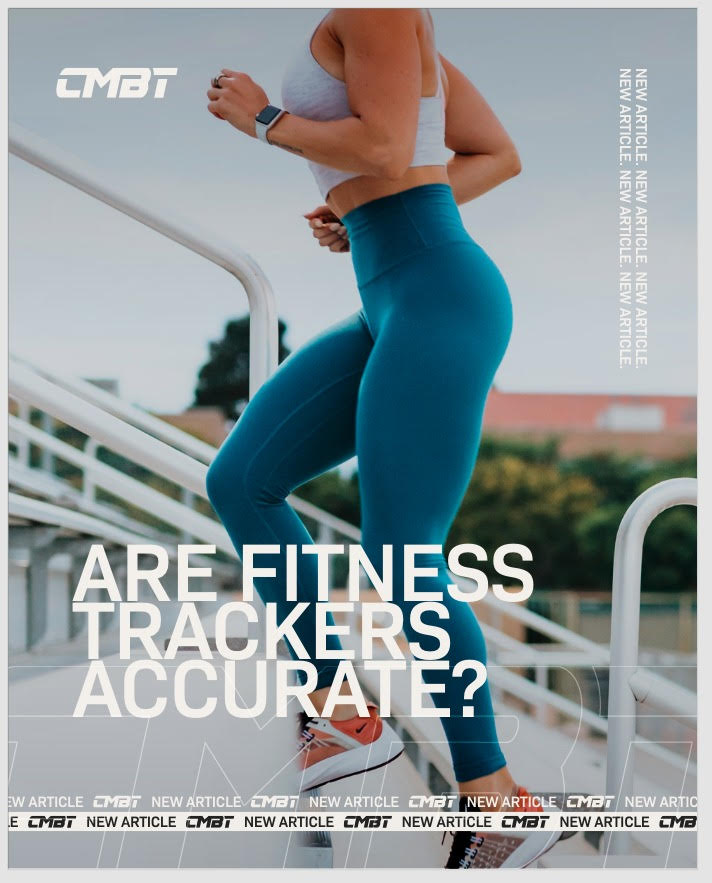

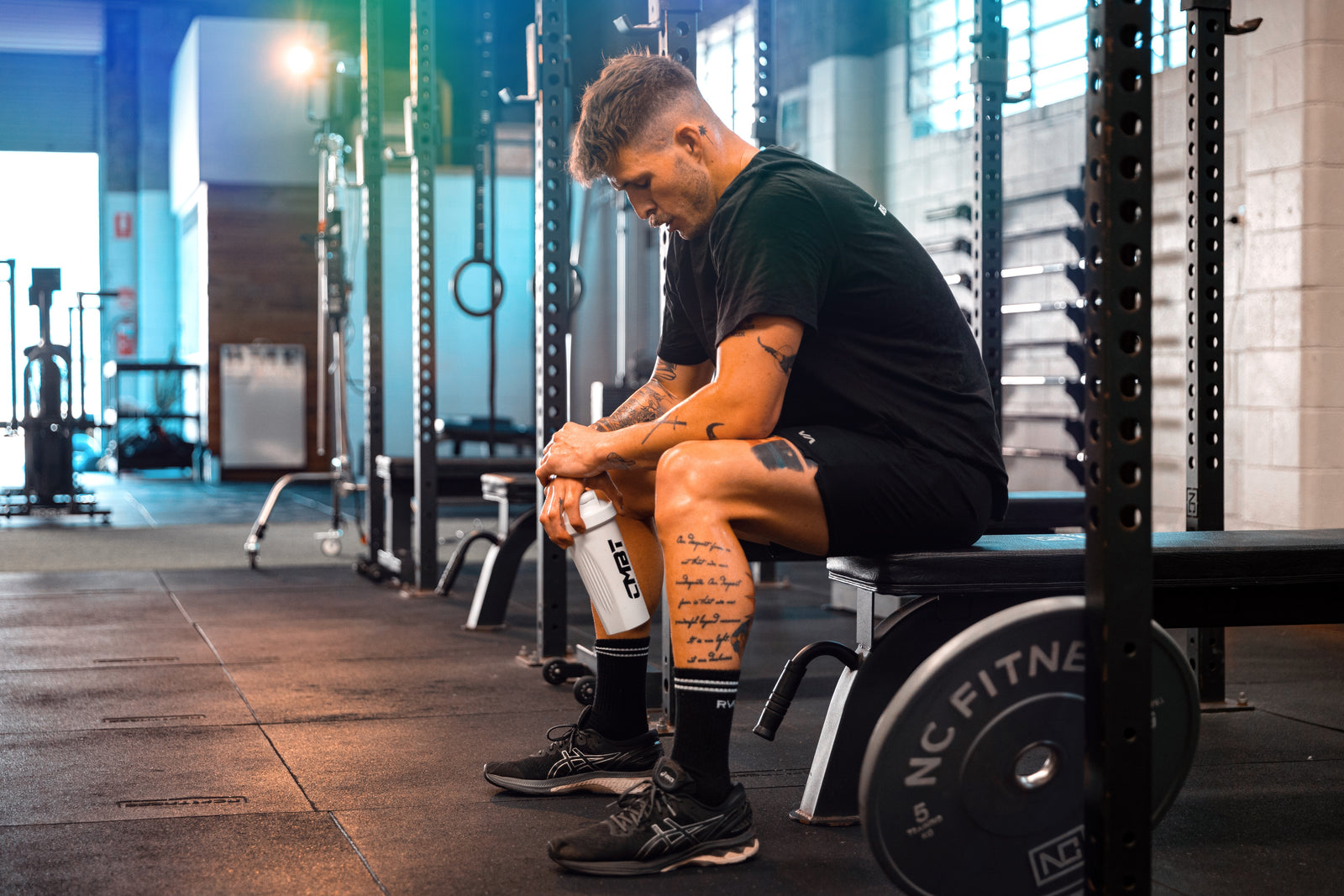

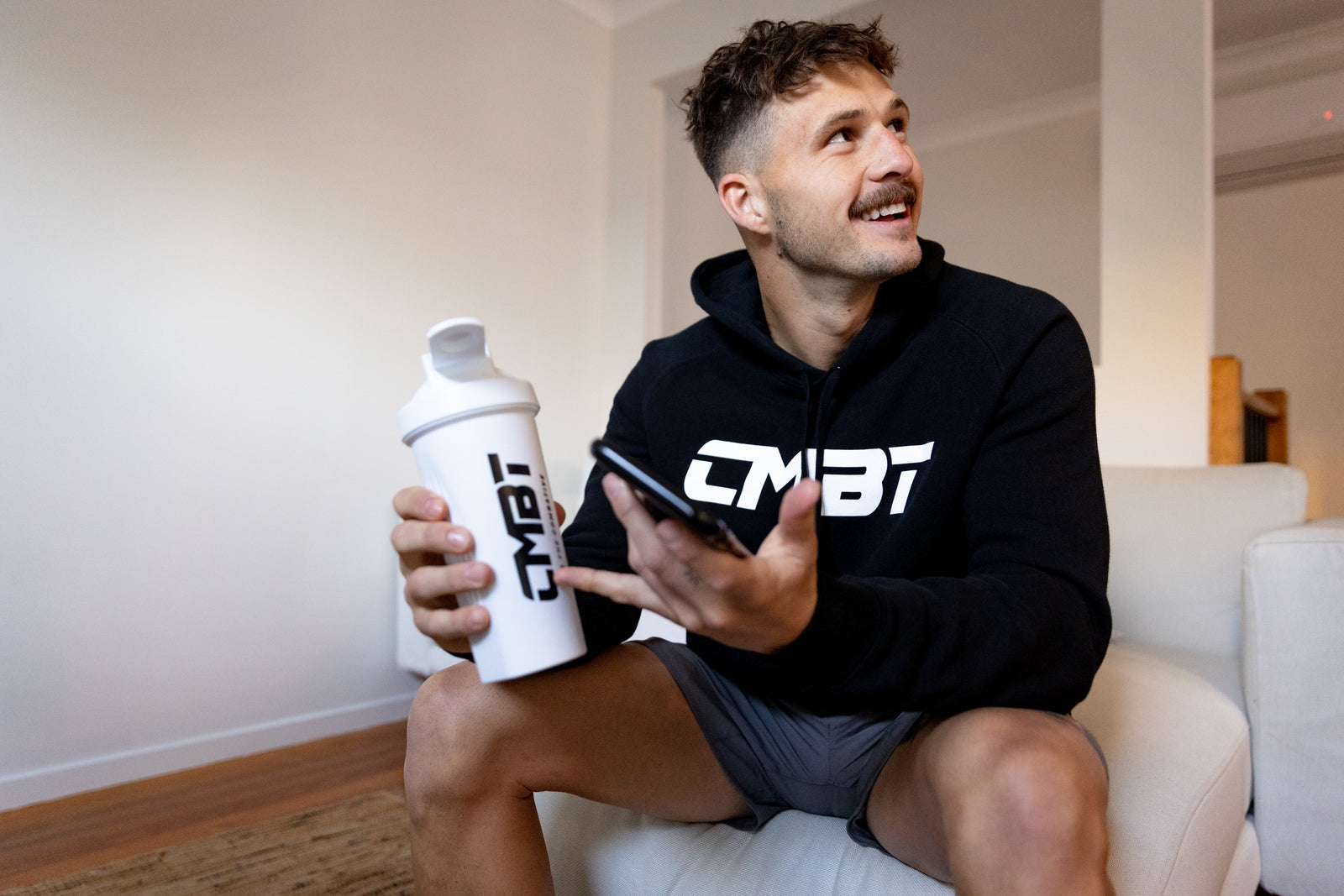

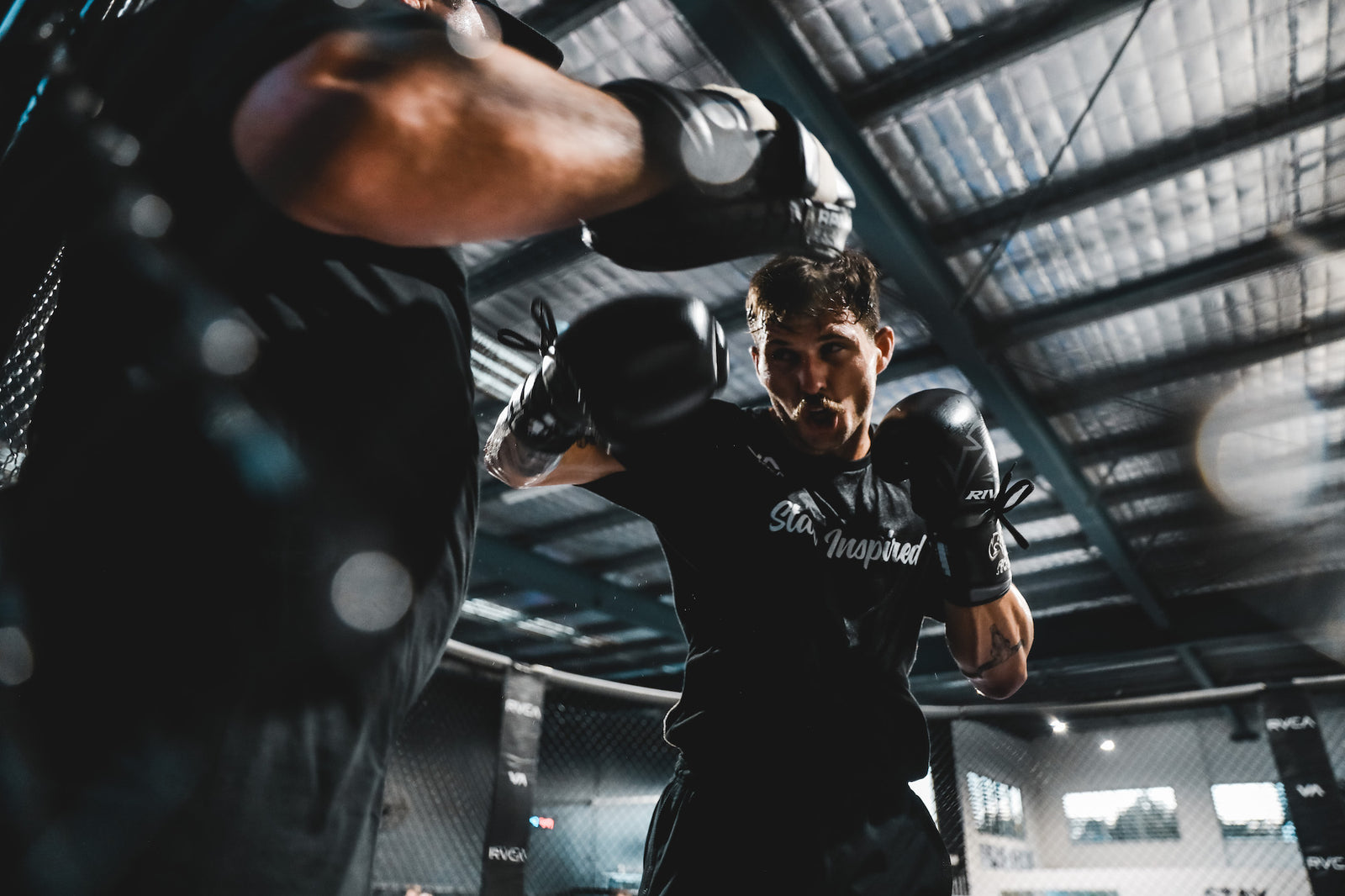
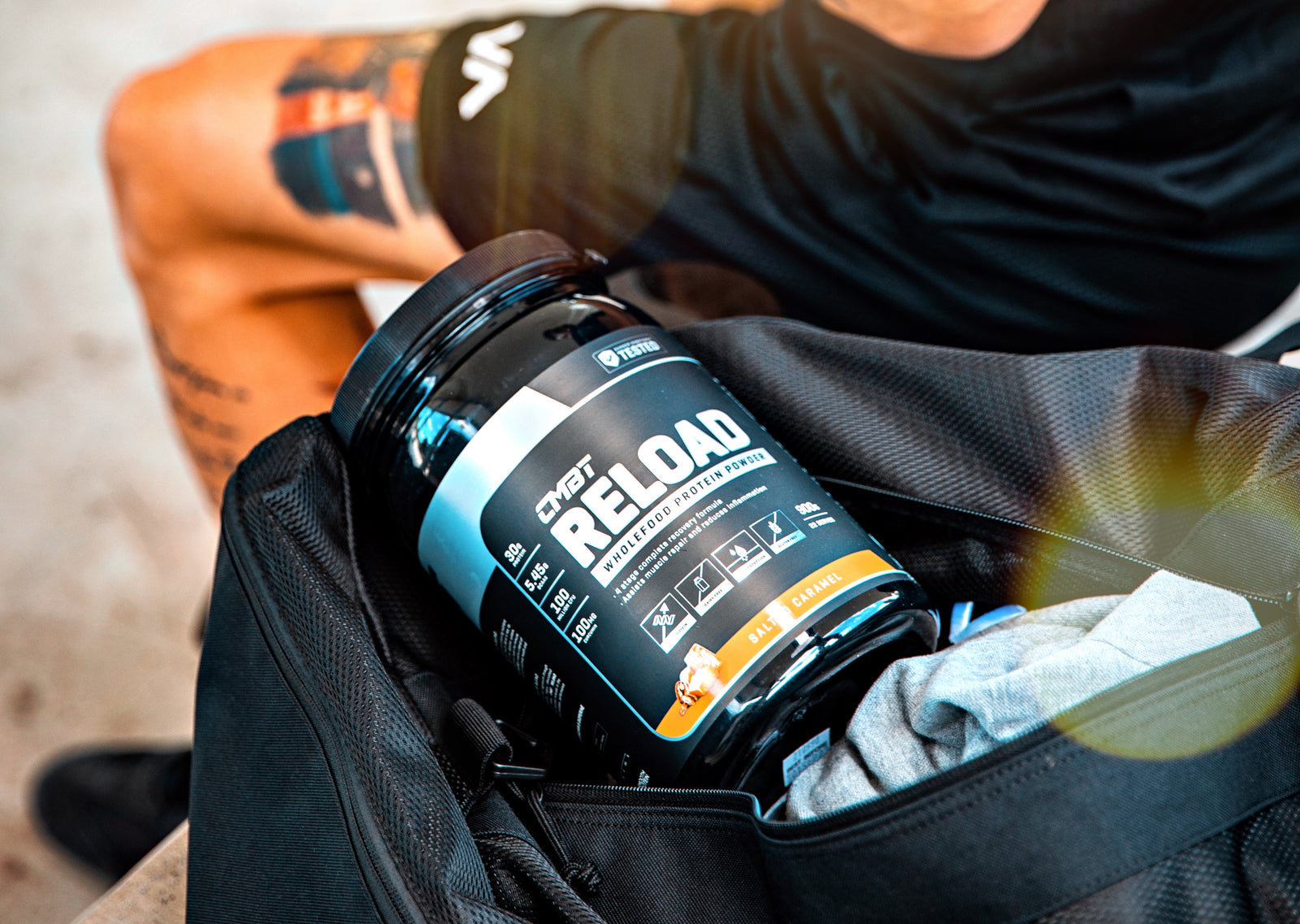
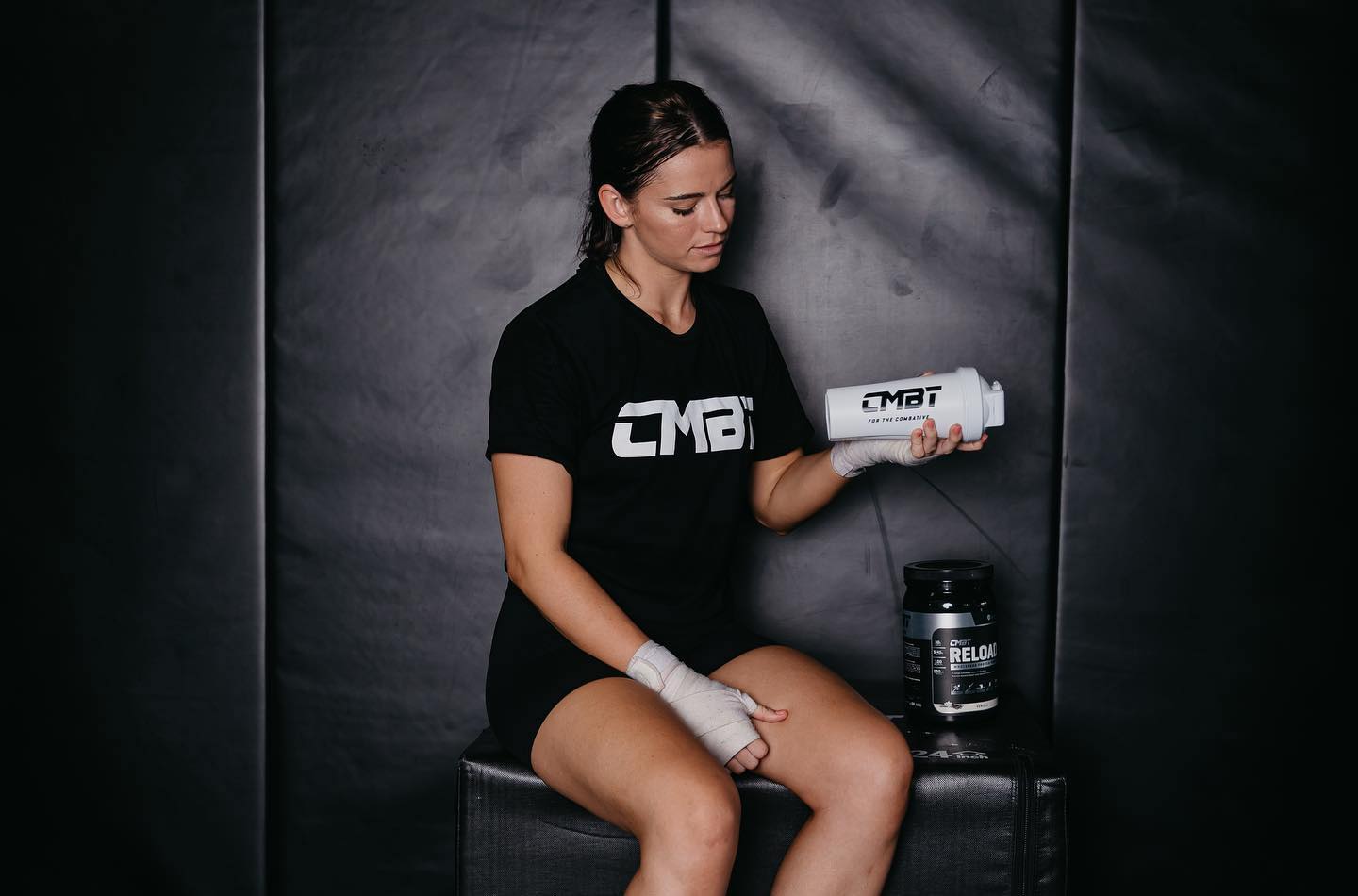

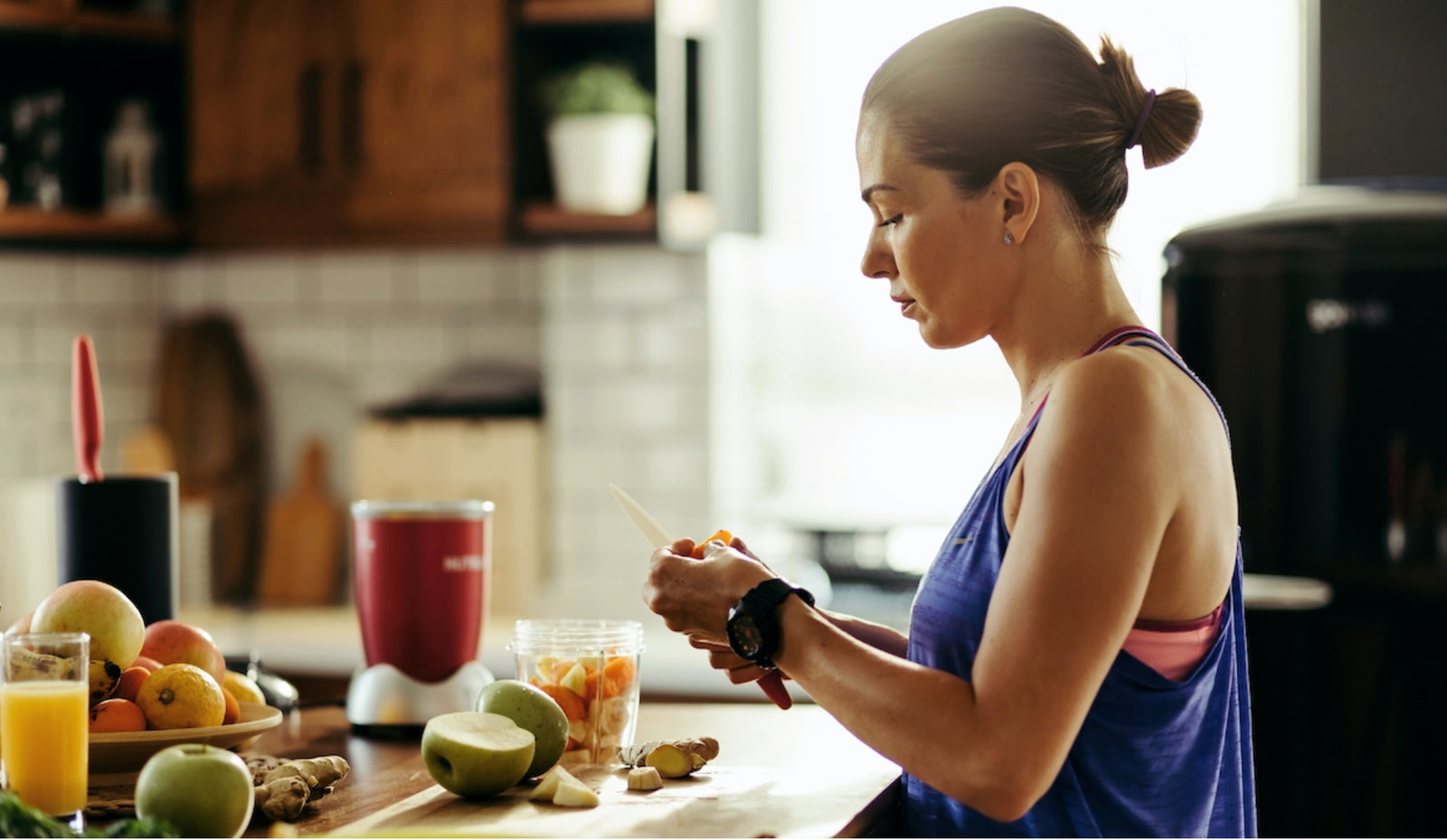
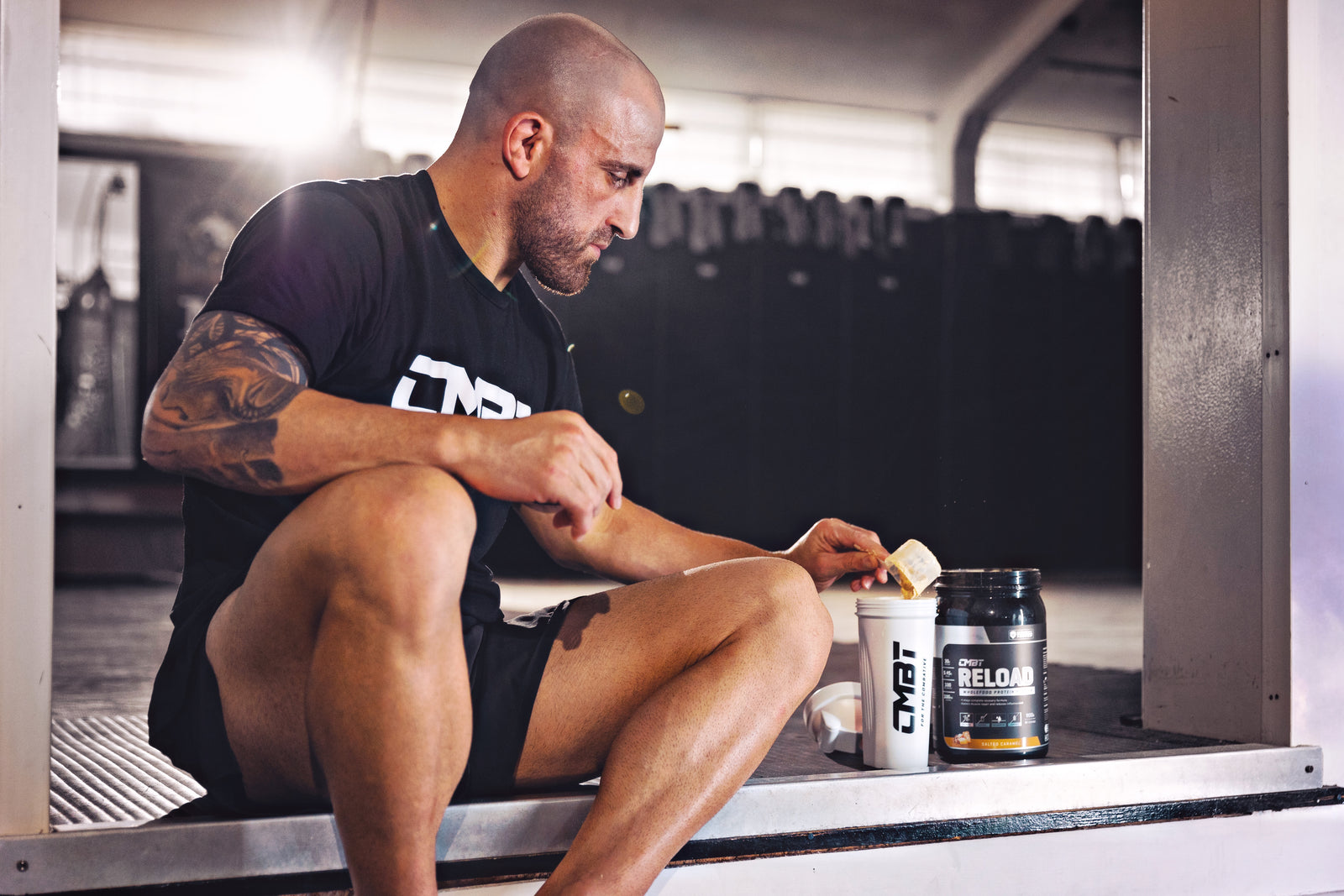


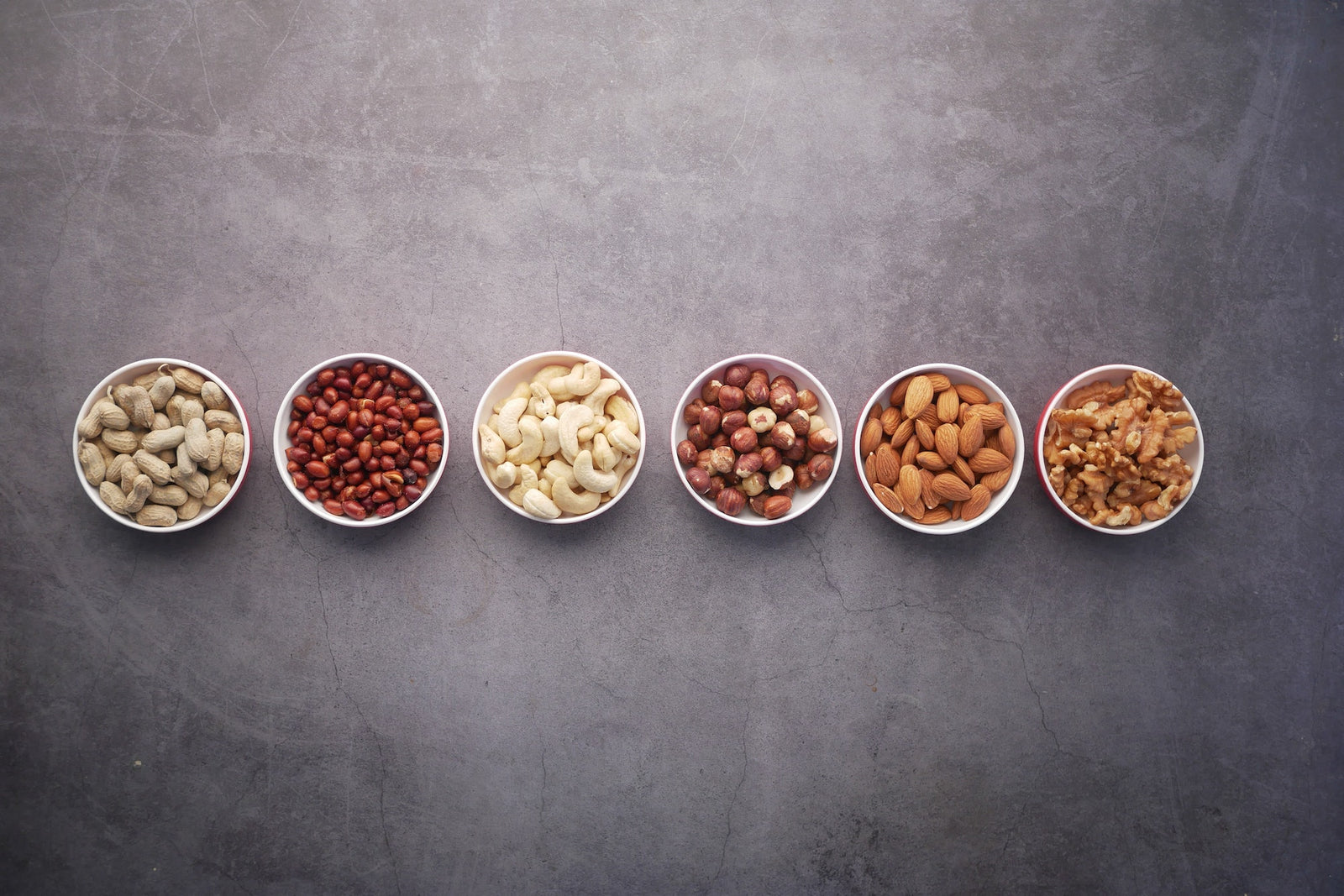
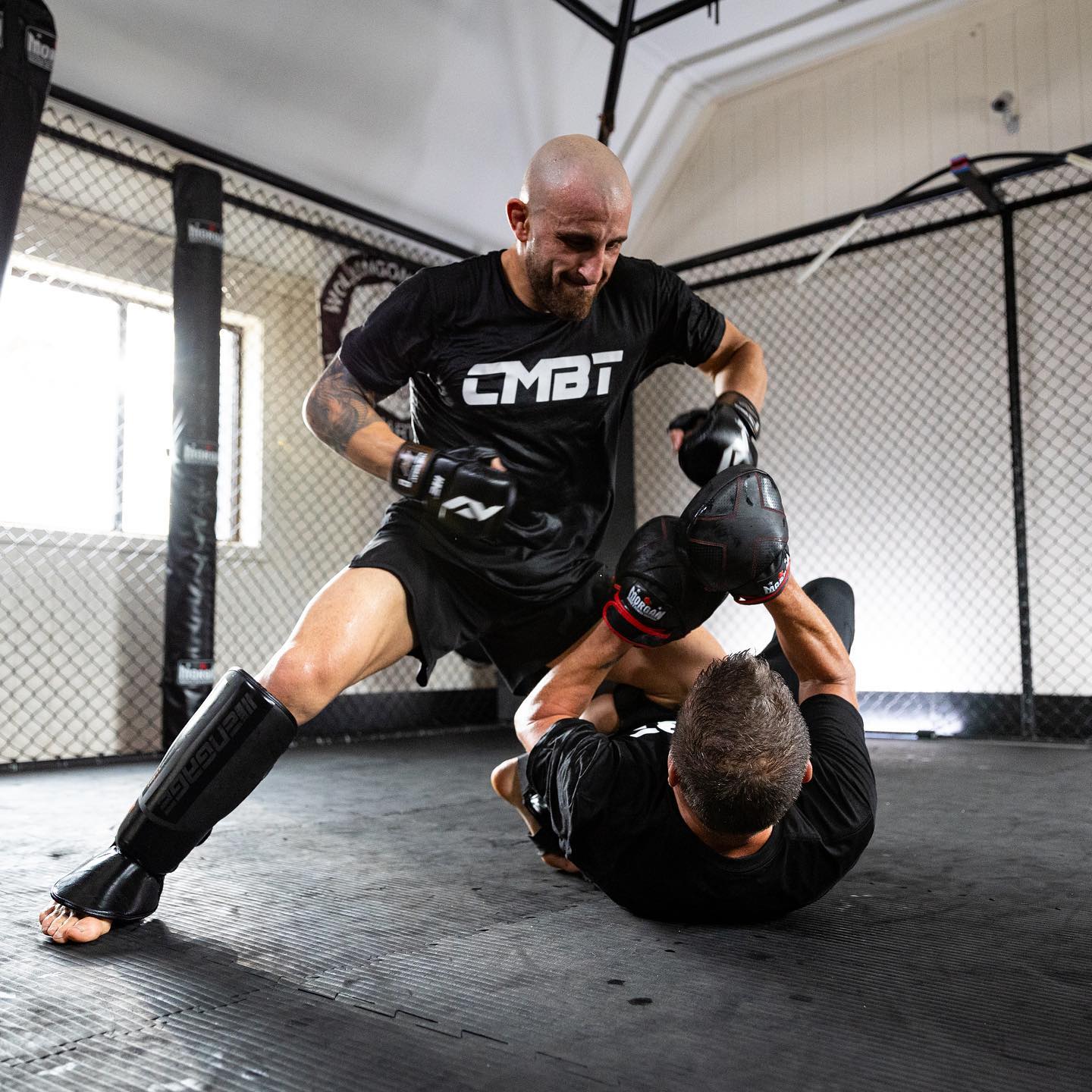




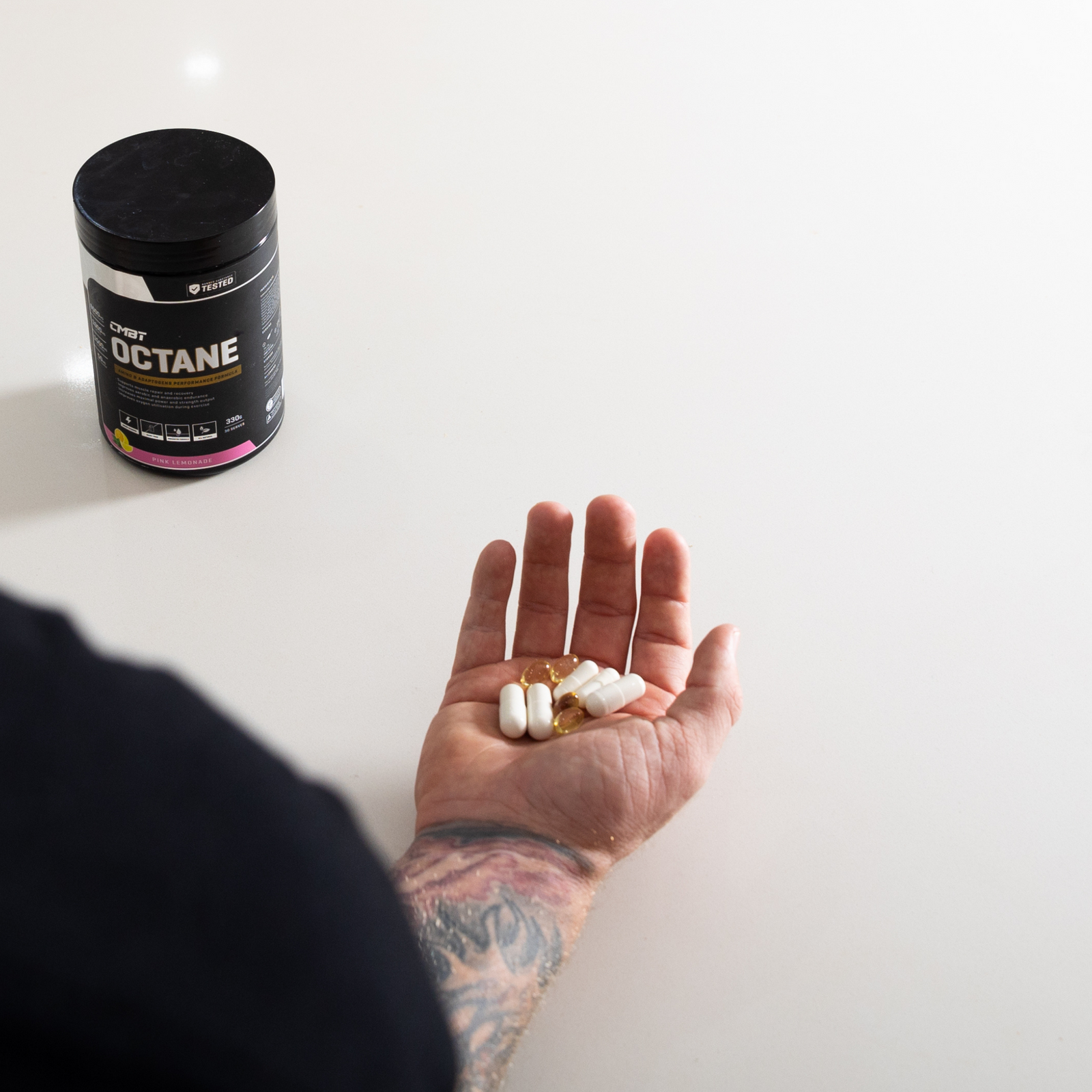


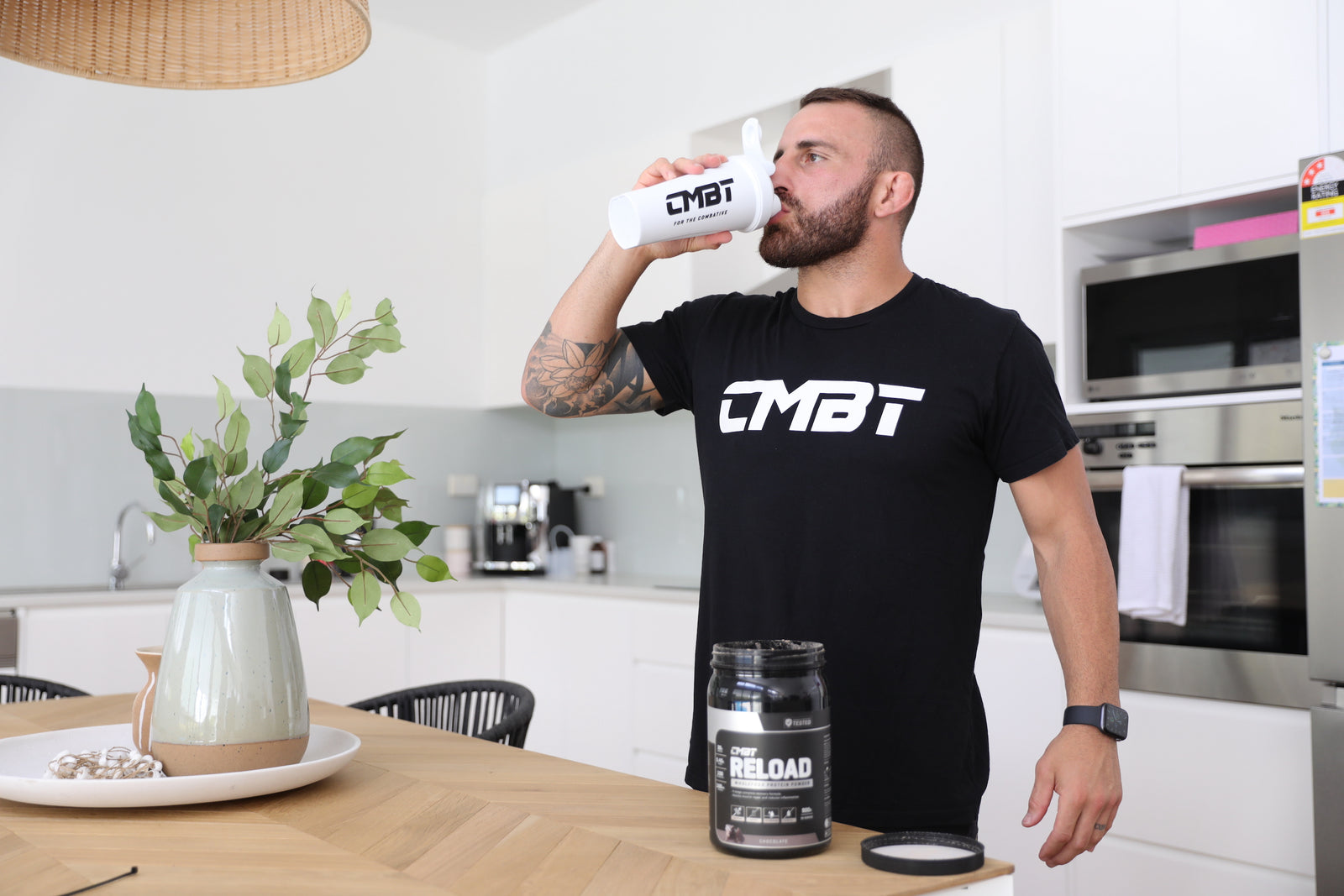
![[VIDEO] Fuel Your Passion feat. Sami Locke](http://cmbt.com.au/cdn/shop/articles/Sami.jpg?v=1625826844&width=1600)